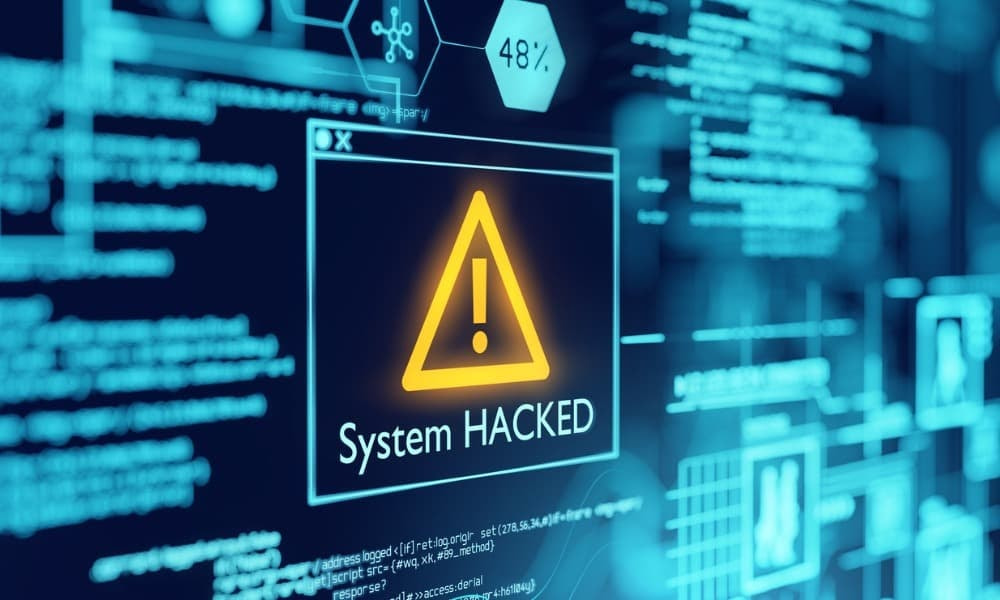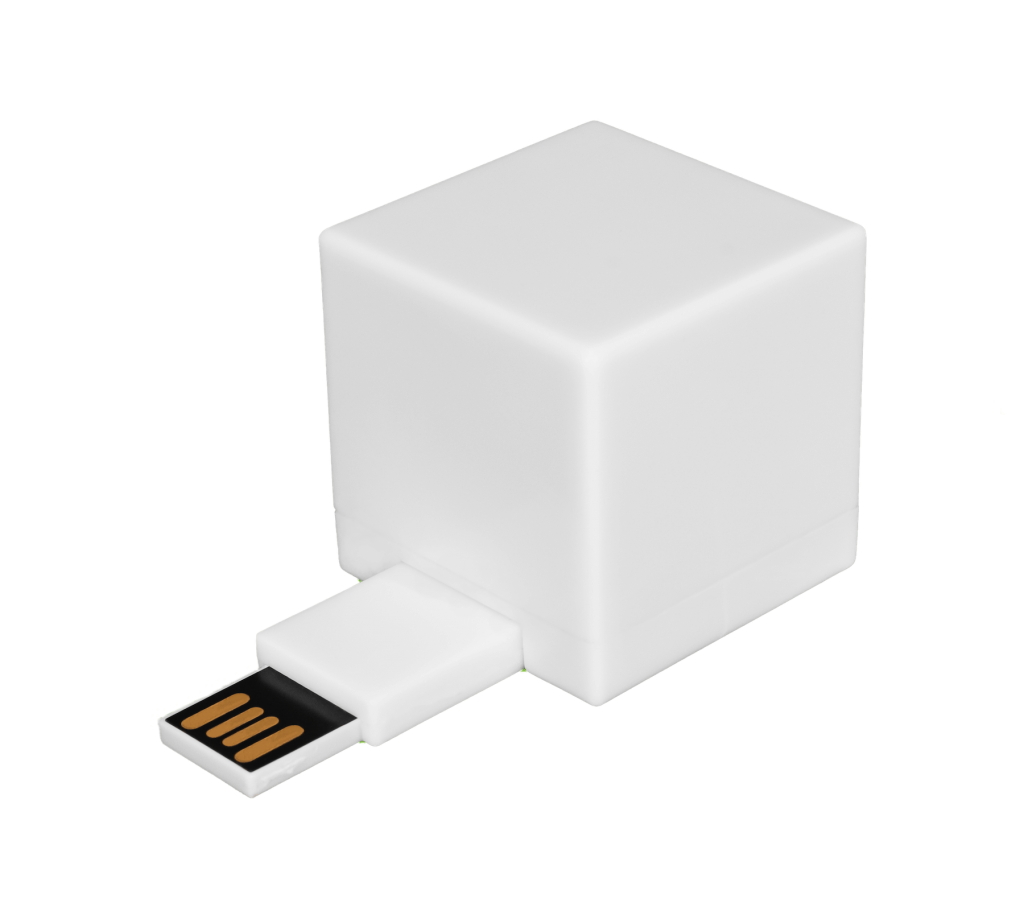Cryptocurrency has never been more popular, and with it comes the inevitable criminal attempts surrounding it. Those who invest in cryptocurrency should understand the dangers of cryptojacking, which is one possible risk they face. They can then guard against this form of cybercrime before it’s too late.
Cryptojacking refers to either the illegal use of someone’s computer to mine cryptocurrency or the theft of it. It requires a cybercriminal to get a victim to click on a malicious link that loads cryptomining code which runs in the background of a computer. A hacker can otherwise infect a website or online ad with JavaScript code that automatically launches malicious code on a victim’s browser.
This guide will examine cryptojacking in greater depth, including why it has become increasingly popular among cybercriminals over the past few years. It will also offer tips to help you guard against cryptojackers and other types of cyberattacks.
How to Spot Cryptojacking
There are a couple of methods for crytojacking that everyone should be aware of. First, a cryptojacker may use a phishing email to launch an attack. The email is designed to encourage a victim to click on a malicious link. Those who do so will launch cryptomining code on their computer. The other attack option for cryptojackers involves the use of a script on a website or an ad. This code can be delivered via myriad sites, helping hackers maximize the attack’s reach. A victim who visits a website or clicks on an ad containing cryptomining code will activate it.
Examples of such attacks include:
- Cryptojackers use a type of malware called PowerGhost, according to the Cyber Threat Alliance. It allows them to use spear-phishing – emails designed to get the recipient to divulge confidential information – to access a victim’s system and steal their Windows credentials. It can also disable the system’s antivirus software and competing cryptominers.
- Palo Alto Networks in June 2020 identified a cryptojacking scheme that involved the use of Docker images to install cryptomining software on victims’ systems. Hackers placed code within Docker images to avoid detection, and the infected images helped hackers illegally mine cryptocurrency worth an estimated $36,000.
Any such malicious code won’t disappear on its own after it’s executed on a victim’s computer. The code lets a hacker hijack a computer’s resources, which can slow a computer considerably. Cryptojacking is also commonly used to steal cryptocurrency from victims’ digital wallets. Hackers typically focus their cryptojacking attacks on Monero, Ethereum, Zcash, and other cryptocurrencies that are difficult to track.
A hacker uses this approach to add cryptocurrency transactions to a blockchain ledger, which serves as a time-stamped record of their activity. Cryptomining generally requires hackers to use high-powered computing servers and specialized hardware to add a block to a blockchain, allowing a cryptojacker to earn cryptocurrency.
Why You Need to Account for Cryptojackers
Cryptojacking poses minimal risk to hackers, since it allows them to use code that is simple to deploy and tough to detect. They can even use premade software programs delivered via YouTube and other online sources to infect computers. An attacker who has initiated malicious code can use it behind the scenes of a victim’s computer as long as it remains undetected.
Don’t expect the number of such attacks globally to decline any time soon, either. The first attack involving cryptojacking was discovered in 2017, and hackers have launched millions of similar attacks since. Cybersecurity company SonicWall identified 81.9 million cryptojacking attacks in 2020. This represented a 28% year-over-year increase.
Although these attacks may seem unstoppable, solutions are available to guard against them. Those who approach cybersecurity with diligence and persistence can identify the signs of cryptomining and limit the risks associated with it.

How to Tell If a Cryptojacking Attack Is Underway
Cryptomining code is designed to evade traditional security tools. There are several signs, however, that indicate an attack may be underway, such as:
1. Slow Computer Performance
A computer that consistently performs slower than expected and gets slower over time may be infected.
2. Computer Overheats
Cryptomining code is resource-intensive, so it can drain a computer’s resources to the point where the system starts to overheat. It can cause severe damage to fans and other internal components that work to keep the computer cool.
3. Increased CPU Usage
A cryptojacker can use code that boosts a computer’s CPU usage when a victim visits a malicious website, even if the site has little to no content on it. Access a computer’s Activity Monitor or Task Manager to view its CPU usage. If the CPU usage is higher than usual, a hacker may have infected the device.
These signs indicate some type of cyberattack may be underway and that the victim needs to take action to stop it. Those who prioritize cybersecurity are well-equipped to protect against many kinds of cybercriminals.
5 Ways to Guard Against Cryptojacking Attacks
Cryptojackers are constantly exploring new ways to penetrate victims’ computers, and you need to plan accordingly. Here are five tips to help you keep pace with their attempts:
1. Learn as Much as Possible About Cryptojacking Attacks
Education is perhaps the best option to guard against these attacks. People who understand cryptomining, how it works, and its dangers can take appropriate precautions to protect against it now and in the future.
2. Use Anti-Cryptomining Extensions
Download browser extensions to block cryptominers. Popular and effective anti-cryptomining extensions include minerBlock, NoMiner, and Anti-Miner.
3. Leverage Ad Blockers
Use ad-blockers that can detect and block malicious code.
4. Deactivate JavaScript
Turn off JavaScript when browsing offline. This can prevent JavaScript code from infecting a computer.
5. Use a Digital File Shredder
Pick up a digital file shredder to remove unwanted files and documents from a computer. The shredder makes it easy to delete files and documents and prevents them from falling into the hands of cybercriminals.
Those concerned about cyberattacks can start to improve their security posture today. They can begin with a digital file shredder and gradually enhance their ability to guard against cryptojacking and other cyber threats.
Contact an Expert With Questions About Digital File Shredding
Cryptojacking is but one cyber threat to protect against, so it’s wise to guard your sensitive information. Shred Cube offers a permanent digital file shredder that securely destroys unneeded data and ensures it cannot be recovered. The innovative USB-based design lets you easily drag and drop files to remove them from your various devices and keep them out of the hands of cybercriminals.
Contact us today for more information about how you can use our digital file shredder to protect your information.











